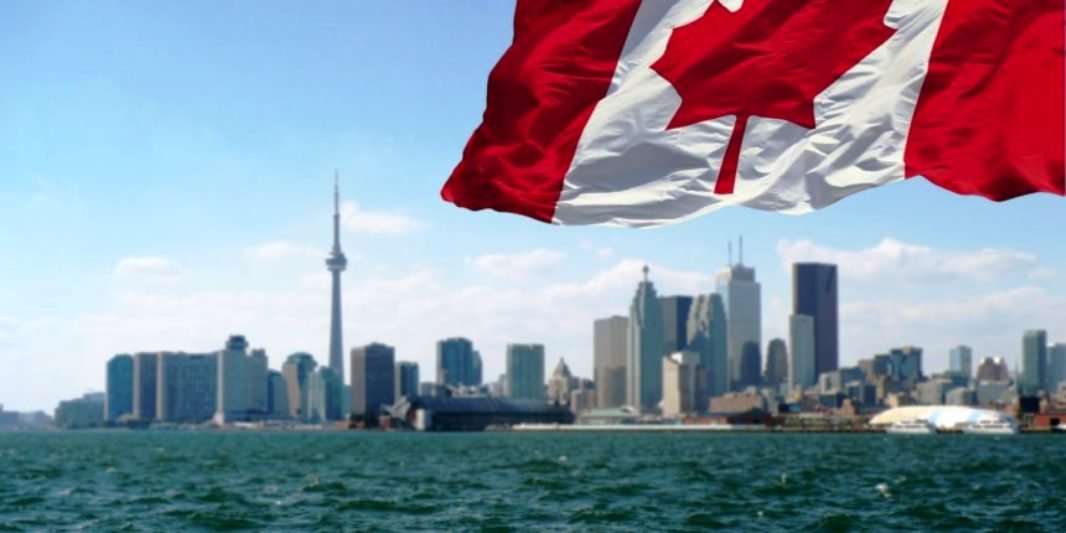The recent developments surrounding Goldy Brar and Canada’s removal of his name from its “most wanted” list have highlighted the complexities and challenges of Canada-India relations, particularly in the area of cross-border crime. Moving forward, the future of Canada-India cooperation in this sphere will likely hinge on several critical factors and potential adjustments in policy, law enforcement, and diplomacy. Here’s a closer look at what might lie ahead:

1. Strengthening Diplomatic Channels and Dialogue
Canada and India may need to intensify diplomatic engagements to address the growing number of issues related to cross-border crime. The Brar case has exposed significant differences in how the two countries approach such matters. India, which has been vocal about its concerns regarding criminal elements residing in Canada, may push for clearer frameworks to ensure more consistent cooperation. Both nations might benefit from establishing a dedicated diplomatic task force or working group focused solely on cross-border crime, helping to prevent misunderstandings and align priorities.
2. Formalizing an Extradition and Mutual Legal Assistance Agreement
Although Canada and India have an extradition treaty, its application has been limited due to Canada’s stringent legal standards for extradition and protection of individual rights. Strengthening or revising the current treaty to create more transparent, mutually agreeable processes could be an essential next step. Additionally, expanding the scope of the Mutual Legal Assistance Treaty (MLAT) between the two nations to streamline evidence-sharing, cross-border investigations, and the prosecution of organized crime figures would support both countries’ law enforcement agencies in their efforts to combat transnational crime effectively.
3. Establishing Transparent Guidelines on “Most Wanted” Listings
Canada’s quiet removal of Brar from the “most wanted” list has raised concerns in India about Canada’s commitment to addressing cross-border criminal cases. To avoid such diplomatic tensions in the future, Canada might consider establishing transparent guidelines on how and when individuals are added or removed from its “most wanted” list. These guidelines, if clearly communicated to partners like India, could mitigate misunderstandings and demonstrate Canada’s commitment to international cooperation.
4. Building Collaborative Law Enforcement Efforts
Both countries might explore opportunities for joint law enforcement initiatives targeting criminal networks operating across borders. This could involve creating joint task forces focused on organized crime, where law enforcement officials from both countries work together on investigations. A model for this collaboration could be the Canada-U.S. Integrated Border Enforcement Teams (IBETs), which have proven successful in sharing intelligence and coordinating operations. A similar Canada-India initiative would send a strong message of commitment to fighting transnational crime.
5. Tackling Differences in Human Rights and Legal Standards
A key point of contention in Canada-India relations on crime and extradition involves Canada’s strict human rights standards. Canada’s legal system requires extensive judicial reviews before extradition, often leading to long delays. This is perceived in India as a lack of cooperation. Canada could potentially address India’s security concerns by offering faster alternatives to extradition or proposing mutual legal assistance provisions that maintain Canada’s legal standards but allow India more access to evidence or individuals relevant to their investigations.
6. Adopting Policies on Diaspora Influence and Separatist Movements
Canada’s significant Indian diaspora includes supporters of various political and social causes, some of which align with separatist sentiments. India has consistently voiced concerns about these elements, including support for the Khalistan movement, accusing Canada of being a safe haven for separatist activities. To address India’s security concerns without compromising civil liberties, Canada could consider policies that carefully monitor organized movements while respecting lawful expressions of political views. Proactively addressing these challenges through dialogue and law enforcement actions when activities breach Canadian law may help defuse tensions.
7. Creating a Bilateral Framework for Monitoring Transnational Organized Crime
Canada and India could establish a comprehensive framework for tracking and managing transnational organized crime involving both countries. This framework would go beyond isolated cases, creating a robust structure for long-term collaboration and communication channels for ongoing cases. Such a framework would outline protocols for the exchange of intelligence, setting standards for investigations, and handling high-profile cases with diplomatic sensitivity.
8. Revising Immigration Policies with a Focus on Security Concerns
The Goldy Brar case has cast a spotlight on Canada’s immigration policies, particularly the student visa program that allowed Brar to enter the country initially. Canada could consider reviewing its immigration policies with an eye on individuals linked to organized crime, especially for applicants from countries with active criminal networks. Enhanced background checks and collaboration with foreign agencies on high-risk individuals could strengthen Canada’s approach to preventing the entry of individuals involved in serious criminal activities.
9. Addressing Community Concerns and Increasing Transparency
The Indian diaspora in Canada has been vocal about issues of crime and cross-border criminal activity, with many community leaders advocating for stronger action against individuals with criminal affiliations. Canada could engage more closely with its Indian community to address their concerns, fostering greater trust and accountability. Increased transparency in high-profile cases like Brar’s and open communication about Canada’s legal processes may reassure the community of Canada’s commitment to addressing security risks associated with transnational crime.
10. Maintaining Consistency in Law Enforcement Priorities
The inconsistent approach to Brar—adding him to the “most wanted” list and then quietly removing him—has left questions about Canada’s consistency in handling such cases. To reassure international partners like India, Canada could establish a more consistent policy framework for identifying and prioritizing international criminal suspects within its borders. By clearly defining the thresholds and considerations that guide these decisions, Canada can foster greater predictability and trust in its handling of foreign criminal cases.
Conclusion: Bridging the Divide in Canada-India Relations on Crime and Security
As Canada and India navigate the complexities of cross-border crime, the Brar case underscores the need for cooperation and understanding to prevent such cases from causing diplomatic strain. The next steps will likely involve bolstering diplomatic channels, adjusting policy frameworks, and enhancing law enforcement cooperation to address the unique challenges of transnational crime.
Both nations stand to benefit from closer alignment on criminal justice and security concerns. With carefully coordinated efforts, Canada and India can strengthen their partnership, reaffirm their commitment to justice, and ensure a safer environment for citizens on both sides.















